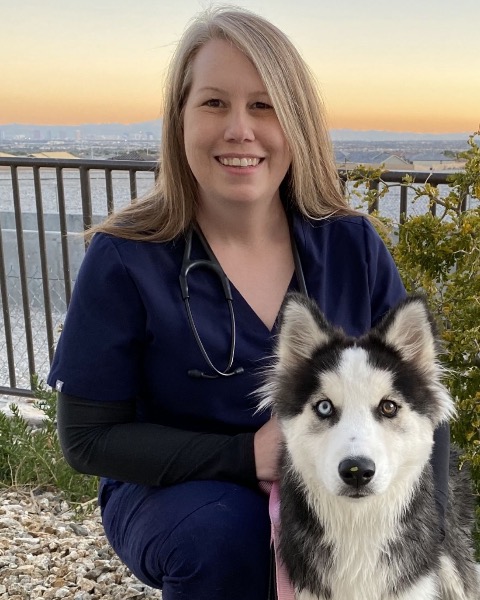Back
Avian & Exotics
Session: Procyonids in Practice: Racoon, Coatimundi & Kinkajou
EX24 - Procyonids in Practice: Racoon, Coatimundi, and Kinkajou
Monday, February 20, 2023
9:00 AM – 9:50 AM
Location: Jasmine E, Level 3
Earn 1 CE Hours
.jpg)
Daniel H. Johnson, DVM, DABVP (EXOTIC COMPANION MAMMALS)
Owner/Veterinarian
Raleigh, NC, United States
Emily Redding, DVM
Las Vegas, NV, United States
Presenter(s)
Moderator(s)
Veterinary care of procyonids (racoons, coatimundis, and kinkajous) is similar to that of dogs and cats. However, procyonids are less predictable and able to inflict serious injury, and sedation should be considered for most veterinary procedures. While procyonids are charismatic and attractive, they require housing and enrichment that the average person is not able to provide. A review of the basics provided here will help to prepare practitioners to treat these fascinating and unusual animals.
Learning Objectives:
- To become familiar with the natural history and wild diet of the procyonids seen in practice
- To learn about the anatomy and physiology of raccoons, coatimunids, and kinkajous
- To learn the proper husbandry and captive diet of the various procyonids presented in practice
- To learn proper methods of procyonid examination and restraint
- To become familiar with the common diseases of raccoons, coatimunids, and kinkajous
- To learn about possible zoonoses encountered with procyonids in practice


